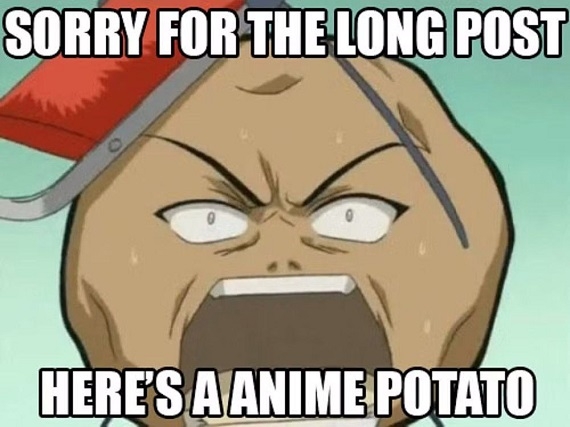Hi everyone!
ne_justlm, itz_pabloo and I would like to see you as participants of Codeforces Round 1006 (Div. 3), which starts at Feb/25/2025 17:35 (Moscow time).
The round will be held according to the rules of educational rounds. Thus, during the round, tasks will be tested on preliminary tests, and after the round there will be a 12-hour open hacking phase (we really hope that not too many solutions will fall during it).

How the next announcement is made:
- this is where copy-paste starts,
here is your text, icpc rules, etc.
- this is where copy-paste ends.
You will have 2 hours and 15 minutes to solve 7 problems. The penalty for an incorrect submission will be 10 minutes.
We remind you, that only reliable participants of the third division will be included in the official results table. As it is written on the link — this is a necessary measure to combat unsportsmanlike behavior. To qualify as a "trusted" member of the third division, you must:
- take part in at least two rated rounds (and solve at least one problem in each of them),
- don't have a point of 1900 or higher in the rating.
Regardless of whether you are a trusted participant of the third division or not, if your rating is less than 1600 (or you are a newcomer/unrated), you may choose to participate rated or unrated.
We would like to thank MikeMirzayanov for the Codeforces and Polygon platforms, and Vladosiya for incredibly cool coordination of round preparation.
As well thank you very much we would like to say to Kirill_Maglysh for his huge help in creating this round.
Also thanks for our testers:
tch1cherin, WLZ for red testing.
Egorsa, shadow9236, cry, alexsushin, Sokol080808 for honey testing.
Ianis, kaferius_cf, NerfThis, ukhalikshina, umezo, MiniBess, hump-and-bump, Kosya for such a familiar and close, water testing.
tih-a, mkshh, Pozercpp, Kraska, radodododo, giorgi_pkhaladze and I hope the universe will be merciful to you.
myav, sujan_roy24, t.muksunov, imtheonly1, DevUt for pleasant natural testing.













 Codeforces!
Codeforces! 
